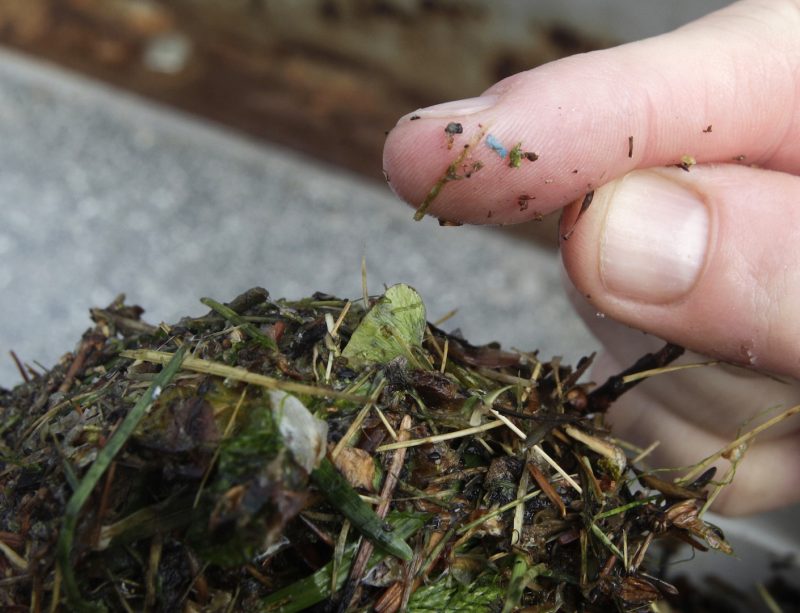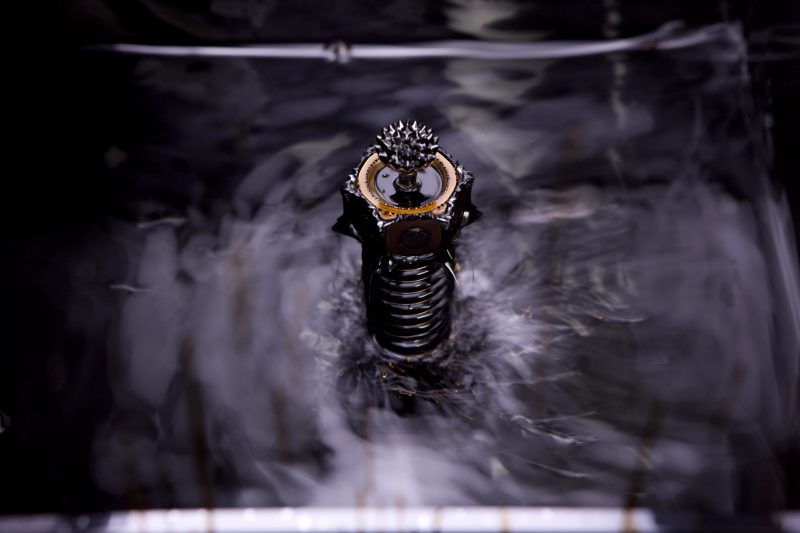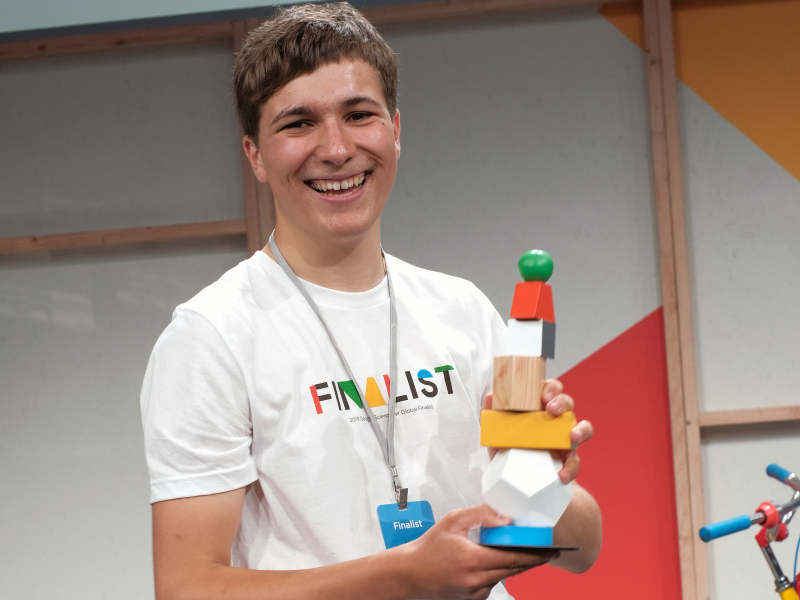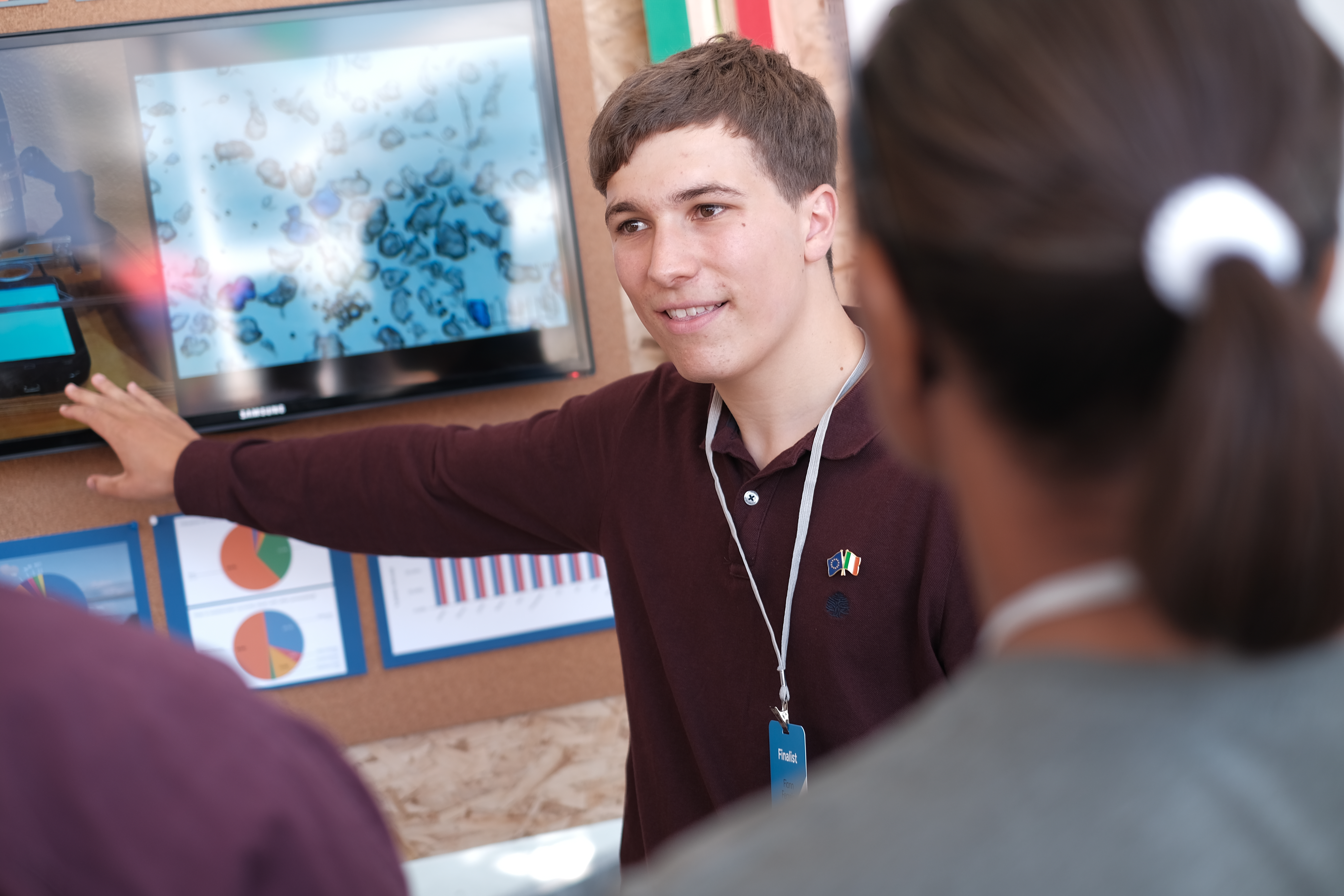- Microplastics, or tiny bits of plastic less than 5 millimeters long, accumulate in wastewater before filtering into larger bodies of water likes rivers and oceans.
- At age 18, Fionn Ferreira developed a method for removing these harmful plastic particles using a liquid invented by NASA.
- Ferreira introduced his concept at this year’s Google Science Fair. He won the competition and its $50,000 prize.
- Visit Business Insider’s homepage for more.
Fionn Ferreira lives on a remote island in West Cork, a seaside region in southern Ireland. One day while kayaking, he spotted a rock on the shore that was coated in oil from a recent spill. Attached to the rock were tiny bits of plastic less than 5 millimeters long – what scientists call “microplastics.”
Because microplastics are so small – about the size of a sesame seed – scientists have struggled to find ways to remove them from the environment. But Ferreira discovered something when he saw the oil-coated rock on the shore.
“It got me thinking,” Ferreira said. “In chemistry, like attracts like.”
Plastic and oil are nonpolar, meaning they're likely to stick to one another in nature. As a budding scientist, Ferreira had a hunch that the same effect could be created using a magnetic liquid found in speakers and electronic devices.
On Monday, Ferreira won the Google Science Fair's $50,000 grand prize for his experiment, which showed that the liquid could extract microplastics from water.
Microplastics are dangerous to marine life and may have consequences for human health

Microplastic fragments come from a variety of sources, including beauty products, toothpaste, and microfiber towels, as well as larger pieces of plastic that have broken down over time. As a result, microplastics often accumulate in bodies of water like the ocean near Ferreira's home, posing a danger to marine life.
They can also end up in our food and water. Scientists have estimated that Americans consume up to 52,000 microplastic particles each year, but the consequences for human health are still unknown.
One of the main concerns is that microplastics could carry toxic chemicals like phthalates and bisphenol A (BPA) into our bodies. These chemicals have been linked to cancer and reproductive issues.
A 'magnetic liquid' invented by NASA can collect microplastic from water

In 1963, the NASA engineer Steve Papell came up with a way to make rocket fuel magnetic so that it could move around in zero gravity during the Apollo missions. In the process, he wound up creating the first ferrofluid, essentially a magnetic liquid.
Today, the substance helps control vibrations in speakers and seal off electronics so they don't become clogged with debris. It's also a key part of Ferreira's plan to remove microplastics from water.
"I absolutely love ferrofluid," said Ferreira, who makes his own version of the liquid by suspending magnetite powder - a mineral found naturally on Earth's surface - in vegetable oil. (The leftover oil from fast-food chains like McDonald's works well, he said.)
Unlike rocket fuel, Ferreira's mixture isn't harmful to the environment, but it does attract plastic from all types of water, including rivers and oceans.
Ferreira said the most unique part of his mixture is that it can be used to remove plastic from wastewater - water discarded from homes, businesses, and industrial plants, for example. Studies have found that the world's wastewater treatment plants aren't equipped to filter out microplastics, even though they're major contributors to microplastic pollution.
Ferreira just won first place in the Google Science Fair

For his experiment, Ferreira injected ferrofluid into small glasses of water contaminated with microplastics. At first, the water turned black because of the magnetite, but when Ferreira placed a magnet inside the glass, it started to soak up all the fluid. Eventually, the water inside the glass was clear and mostly free of plastic.
Before embarking on his experiment, Ferreira wagered that his magnetic liquid could remove at least 85% of microplastics from his water samples. He wound up removing around 88%.
Of the 10 microplastics he tested, the most difficult fibers to remove came from polypropylene, a type of plastic used in product packaging, Ferreira said. But even then, Ferreira removed about 80% of polypropylene plastics, on average.
The easiest fibers to remove, he said, were those released by washing-machine filters. Ferreira said that's an important finding because washing machines are a common source of microplastic pollution.
After traveling to Mountain View, California, for the science fair, Ferreira is now back in Ireland, recovering from jet lag.
"I still really can't believe it," he said of the competition. "There are lots of different emotions in my head at the moment."
Later this year, Ferreira will begin studying at the University of Groningen in the Netherlands, a research institution below sea level. ("What's cooler than being at a university that's 6 meters under the surface of the sea?" he said.)
Meanwhile, he'll try to deploy his concept for treating wastewater.
"I'm not saying that my project is the solution," he said. "The solution is that we stop using plastic altogether."

